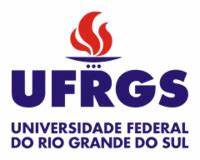Dear Colleagues,
This special edition will accept research on Sun-Earth-Climate relationships and natural causes using observational data and computational analysis. These climatic, solar and natural-cause variabilities range over a time scale from the recent past (1000 years) to the present. Among the most used observational data, there are sunspots, geomagnetic, ionospheric, meteorological, climatic, and hydrological data. On the other hand, one can learn about the past of solar and climate variabilities by reading terrestrial archives that provide us with "proxy" data on the history of the Sun and climate. Bearing in mind that different natural mechanisms can affect the climate of a given place, in addition to anthropogenic effects, it is necessary to study the influence of solar activity, El Niño events, among other geophysical phenomena to understand the climate variability. The study of solar activity, the structures of the interplanetary way and their effects on the magnetosphere and ionosphere are also important to understand physical dynamic process during magnetic storms, substorms, and auroras. Scientists of the Natural Records Laboratory (Laboratório de Registros Naturais - LRN) from University of Vale do Paraíba (Universidade do Vale do Paraíba) are dedicated to expanding the tree ring use and its application, as well as, other observational records to improve our understanding of past climate and environmental history in Brazil and South America. Our current research focuses on the use of tree ring data networks to study regional climate, global climate teleconnections, Sun-Earth-Climate interrelationships and anthropogenic impacts. Finally, we strongly encourage the submission of studies with the potential to help understand the variability over South America.
Deadline for manuscript submissions: 1 August 2022.
More details:
Prof. Dr. Virginia Klausner de Oliveira
Prof. Dr. Alan Prestes
Guest Editors


